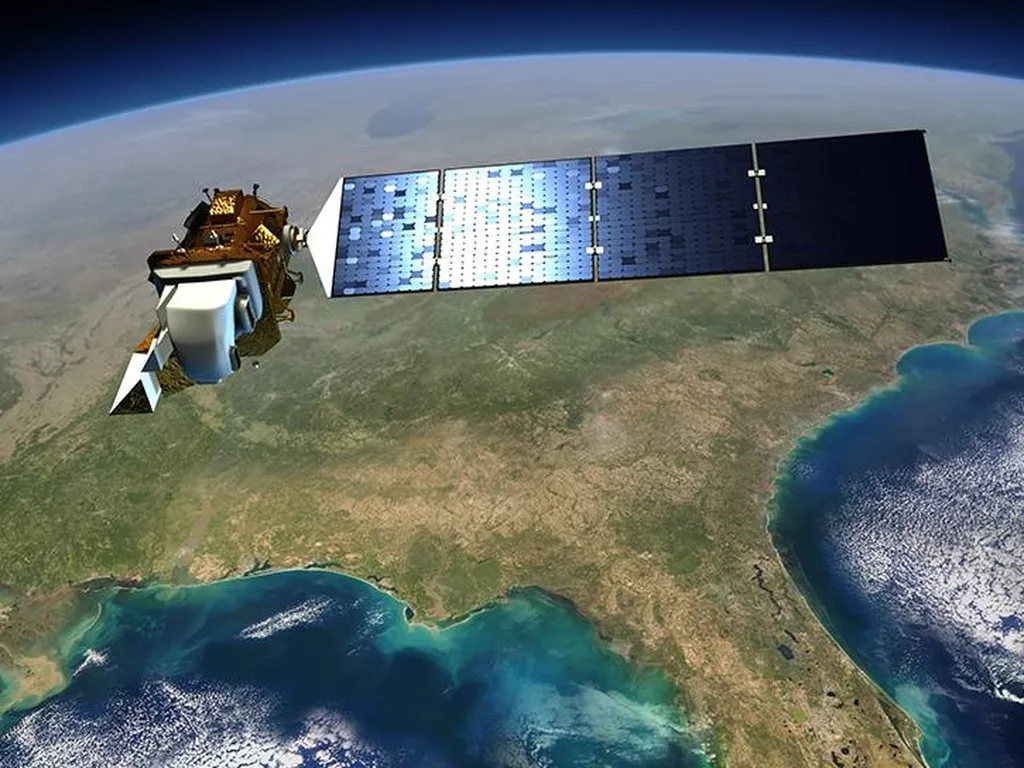In the ever-evolving landscape of precision agriculture, a groundbreaking development has emerged from the labs of the Indian Institute of Information Technology, promising to revolutionize how we tackle plant diseases. Chiranjit Pal, a leading researcher in computer science and engineering, has introduced Mob-Res, a novel lightweight deep learning model designed to empower plant disease diagnosis with unprecedented accuracy and efficiency.
Crop diseases pose a significant threat to global food security, causing substantial economic losses and yield reductions. Traditional diagnostic methods, while reliable, are often slow, labor-intensive, and require expert knowledge, making them less scalable for large-scale agricultural operations. Pal’s research, published in the esteemed journal *Scientific Reports* (translated to English as “Scientific Reports”), aims to bridge this gap by leveraging the power of deep learning and transfer learning.
Mob-Res, a unique architecture that combines residual learning with the MobileNetV2 feature extractor, is designed to be both lightweight and highly performant. With only 3.51 million parameters, it is well-suited for mobile applications, making it accessible and practical for farmers and agricultural workers in the field. “The goal was to create a model that is not only accurate but also efficient and interpretable,” Pal explained. “Mob-Res achieves this by combining the best of residual learning and MobileNetV2, resulting in a model that is both powerful and lightweight.”
The model’s performance was rigorously tested on two benchmark datasets: Plant Disease Expert, consisting of 199,644 images across 58 classes, and PlantVillage, with 54,305 images across 38 classes. Mob-Res demonstrated exceptional accuracy, achieving 97.73% on the Plant Disease Expert dataset and 99.47% on the PlantVillage dataset. These results highlight the model’s robustness and reliability in identifying a wide range of plant diseases.
One of the standout features of Mob-Res is its cross-domain adaptability. The cross-domain validation rate (CDVR) was computed to assess its performance in different environments, and the model showed competitive results compared to other pre-trained models. “This adaptability is crucial for real-world applications,” Pal noted. “Farmers operate in diverse conditions, and a model that can perform well across different environments is invaluable.”
Moreover, Mob-Res outperforms prominent pre-trained CNN architectures, surpassing ViT-L32 while maintaining a significantly lower parameter count and achieving faster inference times. This efficiency is a game-changer for the agricultural sector, where quick and accurate diagnosis can mean the difference between a bountiful harvest and significant losses.
To enhance interpretability, Mob-Res utilizes Gradient-weighted Class Activation Mapping (Grad-CAM), Grad-CAM++, and Local Interpretable Model-agnostic Explanations (LIME). These techniques provide visual insights into the neural regions influencing the predictions, making the model’s decisions more transparent and understandable. “Interpretability is key to gaining the trust of farmers and agricultural experts,” Pal emphasized. “By understanding how the model makes its predictions, users can have greater confidence in its recommendations.”
The implications of this research are far-reaching. As the world grapples with the challenges of climate change and a growing population, the need for efficient and sustainable agricultural practices has never been greater. Mob-Res offers a promising solution for automated plant disease detection, supporting large-scale agricultural operations and advancing global food security.
Looking ahead, the success of Mob-Res paves the way for further advancements in the field of precision agriculture. As deep learning models continue to evolve, we can expect even more sophisticated and efficient tools to emerge, empowering farmers and agricultural workers to protect their crops and ensure a stable food supply. “This is just the beginning,” Pal concluded. “The potential for deep learning in agriculture is vast, and we are excited to explore the possibilities.”
In the quest for sustainable and efficient agricultural practices, Mob-Res stands as a beacon of innovation, offering a glimpse into a future where technology and agriculture converge to create a more resilient and food-secure world.

